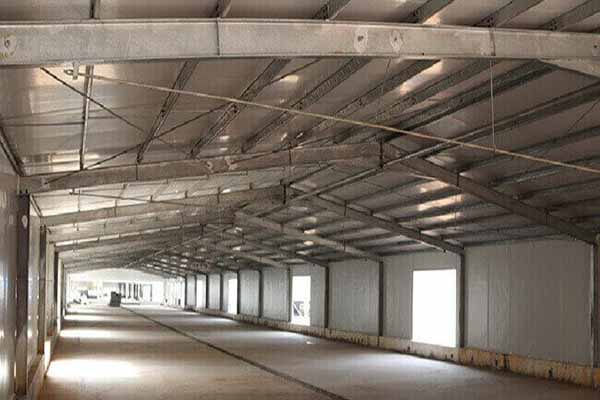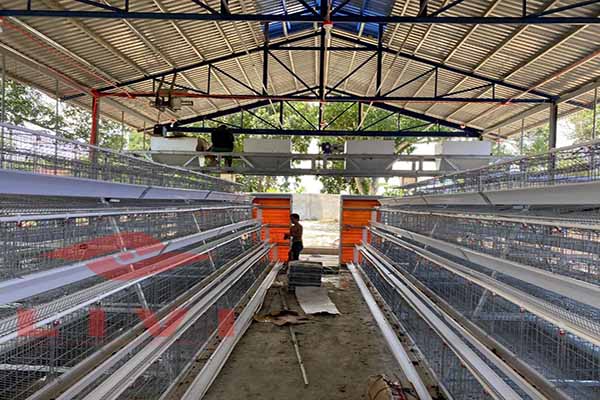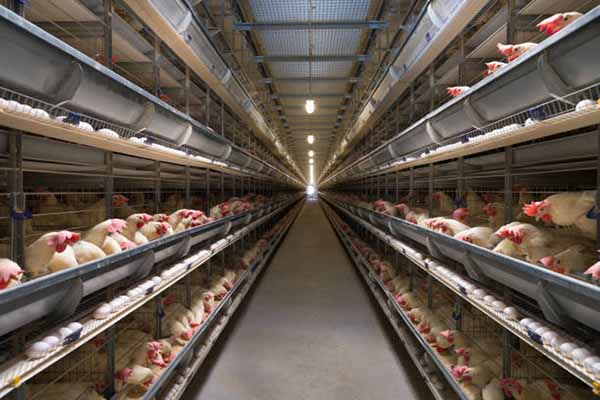Optimizing a 30,000 Laying Hen Battery Cage System in Cameroon
As the poultry industry continues to expand in Cameroon, modernizing and scaling up operations has become a priority for many farm owners and investors. Implementing a 30,000 laying hen battery cage system is a significant step towards increasing production and efficiency. In this article, we delve into the essentials of setting up an efficient battery cage system, complete with insights on space allocation, management practices, and expected outputs.

Efficient Space Utilization
For a 30,000 laying hen battery cage system, careful consideration of space allocation is crucial. On average, each hen requires approximately 0.6 square meters of space. This all ows for comfortable movement, reduces stress, and prevents disease spread. A well-organized layout can help manage up to 2,000 hens per row in a single layer.
ows for comfortable movement, reduces stress, and prevents disease spread. A well-organized layout can help manage up to 2,000 hens per row in a single layer.
Key Components of a Battery Cage System
- Cage Design: Battery cages should be constructed from sturdy, corrosion-resistant materials to ensure durability.
- Egg Collection System: An automated egg collection system reduces labor costs and increases egg quality.
- Ventilation and Cooling: Proper air circulation and temperature control are essential for hen welfare and productivity.
- Litter Management: Regular cleaning and litter replacement prevent disease and maintain hygiene.
Expected Outputs and Yield
With proper management, a 30,000 laying hen battery cage system can produce an estimated 1,50 0-2,000 eggs per day. The average egg production for laying hens ranges from 250 to 300 eggs per hen per year, depending on breed, nutrition, and health care.
0-2,000 eggs per day. The average egg production for laying hens ranges from 250 to 300 eggs per hen per year, depending on breed, nutrition, and health care.
Management Practices
Implementing effective management practices is vital for maintaining optimal performance in a 30,000 laying hen battery cage system. Here are some key strategies:
- Feeding: Provide a balanced diet to ensure healthy and productive hens. Opt for high-quality feed to maximize output.
- Water Supply: Ensure a continuous, clean water supply for hens.
- Healthcare: Regularly monitor hen health and treat diseases promptly to prevent further outbreaks.
- Training and Education: Invest in training farm staff on proper cage management, egg collection, and hygiene practices.
By focusing on these aspects, you can achieve higher production and profitability in your 30,000 laying hen battery cage system.
For more detailed information on optimizing your battery cage system, feel free to leave a comment below. We would be more than happy to assist you with a free poultry farm design and equipment quotation from LIVI Machinery.




